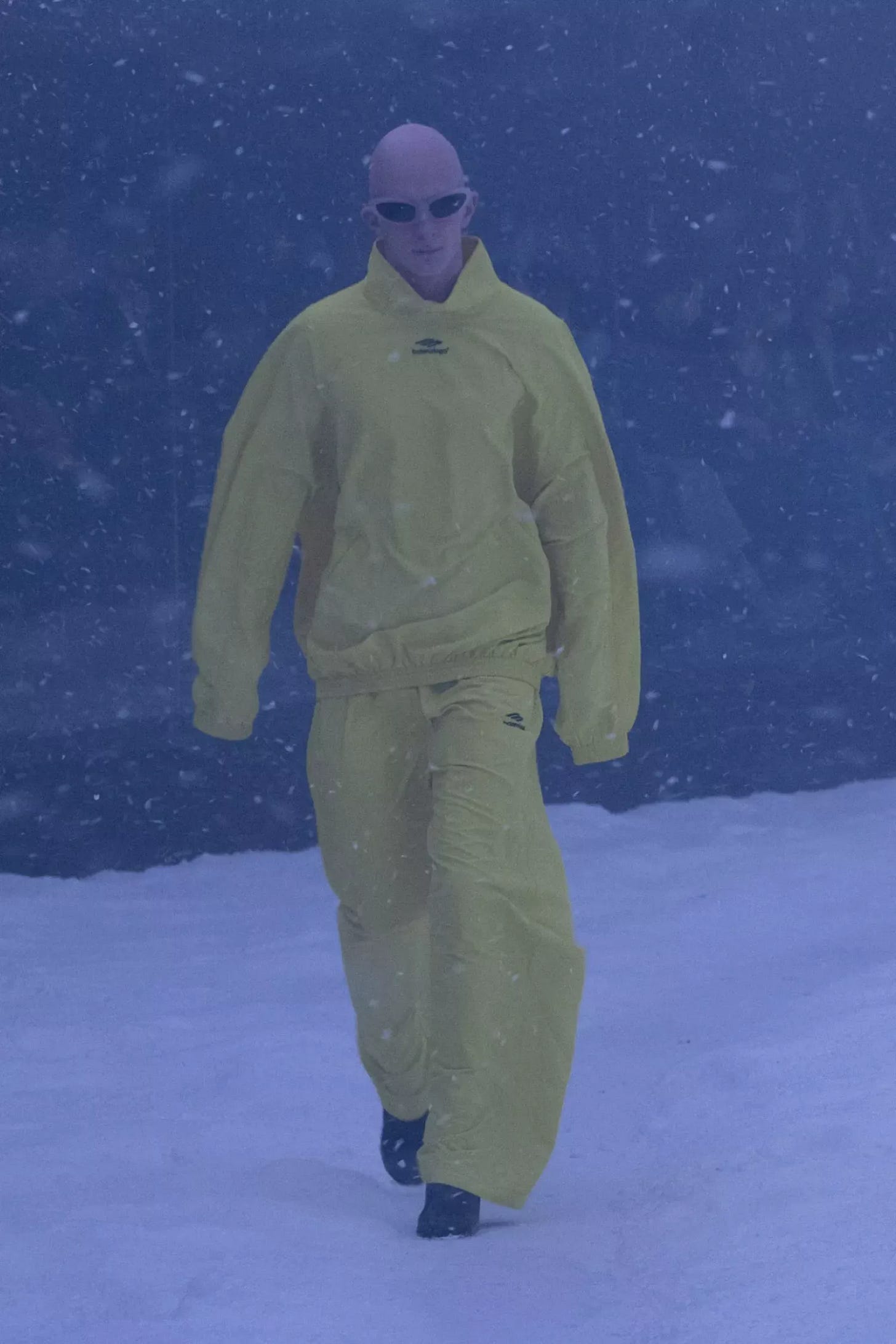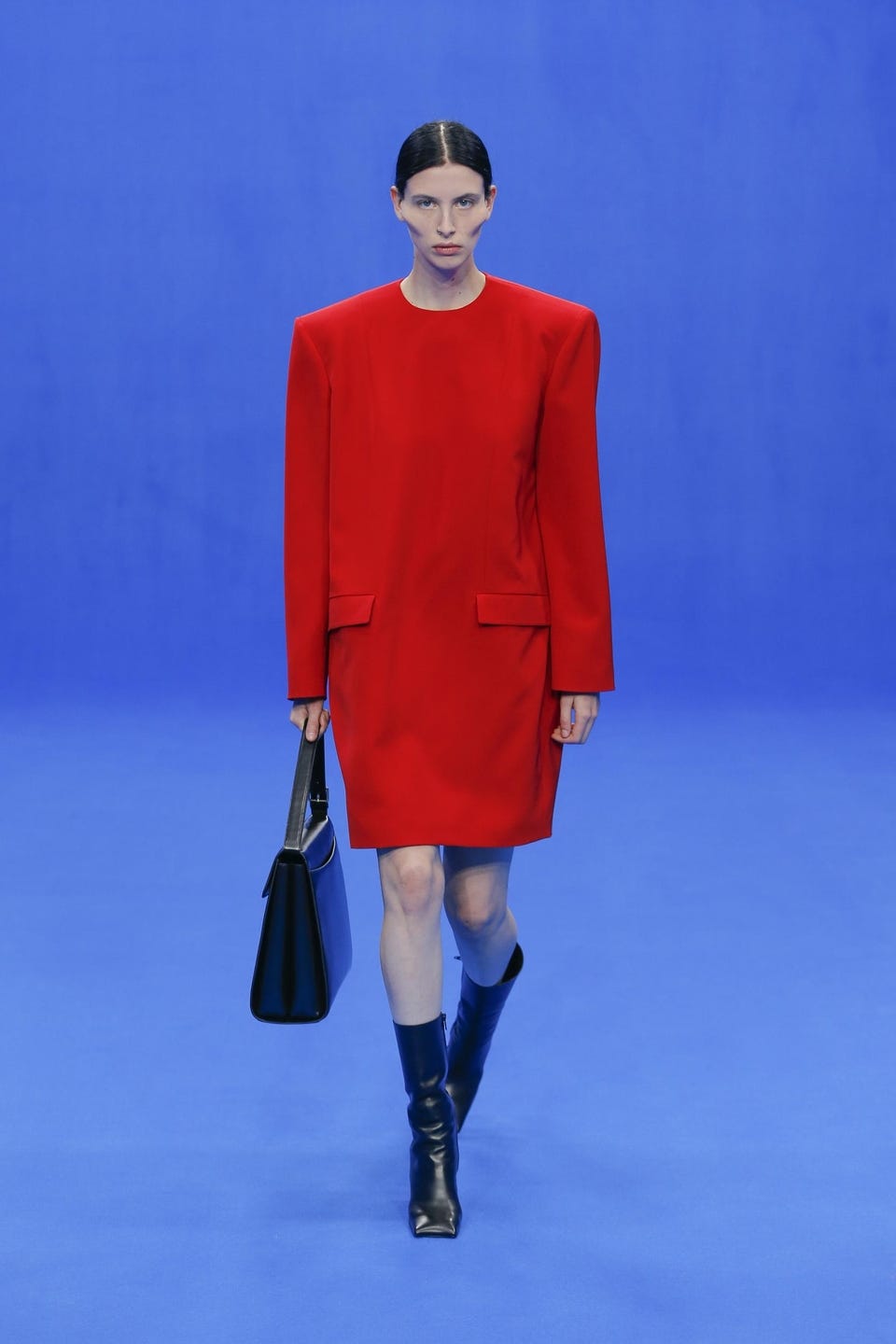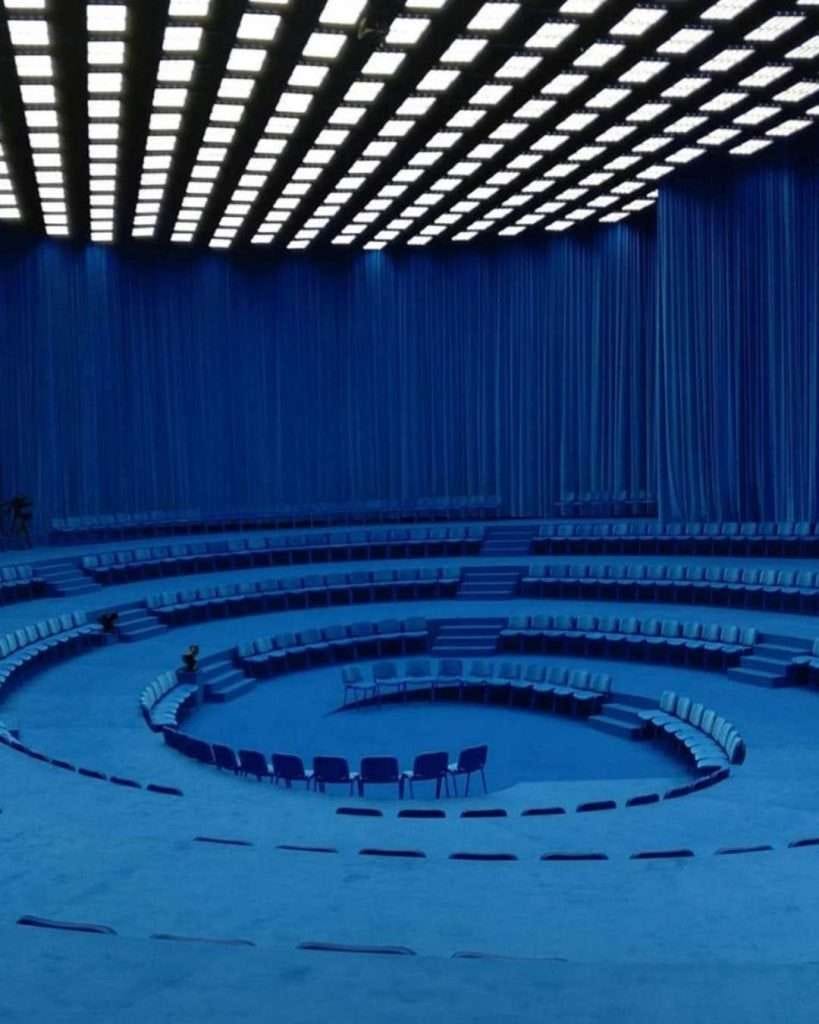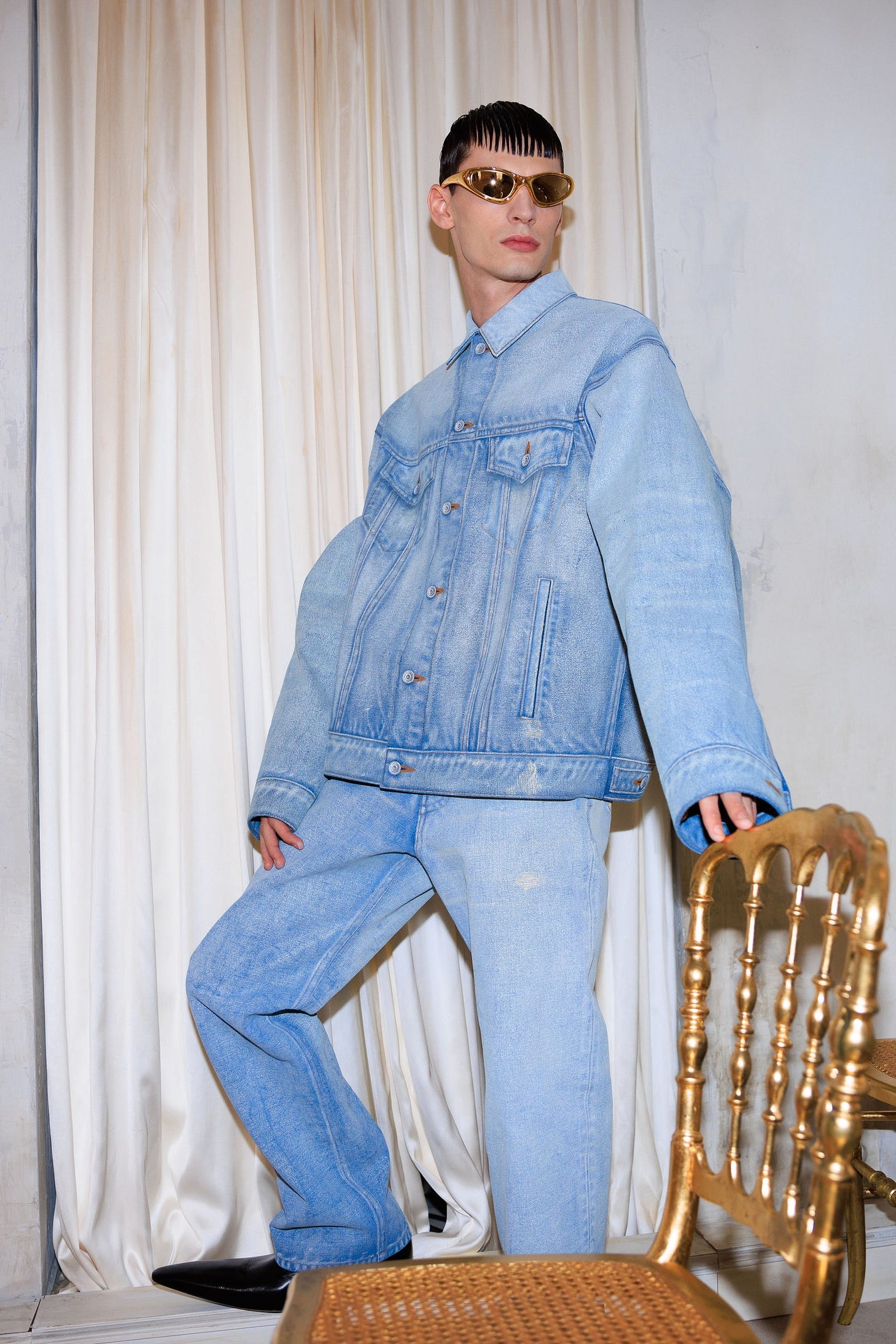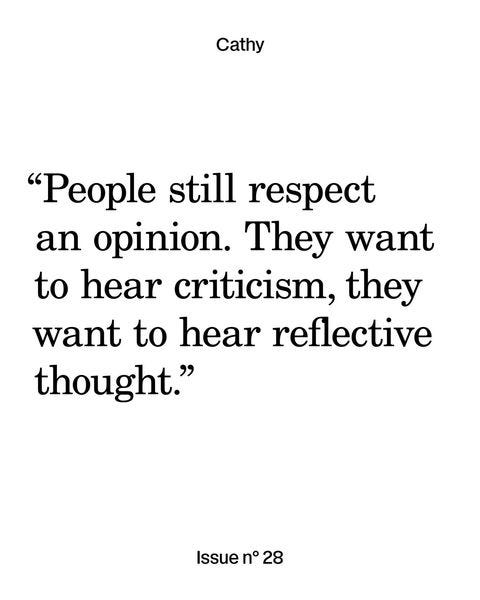Sleeping Beauty brands: Rethinking Heritage
Sleeping Beauty brands are everywhere nowadays - what are they? + a deep dive into Demna Gvesalia's approach
Since the experiment made by Karl Lagerfeld back in 1983 reviving Chanel, ‘Sleeping Beauty’ brands are everywhere in the fashion system. Brands like Balenciaga, Schiaparelli and Chanel, have all one thing in common: after a long period of silence, an investor or a big conglomerate like LVMH or Kering bought the brand, found a new creative director, and gave it a new life.
The common denominator for a successful revival? Past examples proved it to be a good relationship between the CEO and the creative director’s vision. Worst-case scenario? You change the creative director, easy peasy. Seems an appealing investment because of the uncertainty of this period, as seen in the report of Business of Fashion for 2024.
It’s more complicated to deal with a designer and his namesake brand.
I watched and loved the interview between Cathy Horyn, fashion critic and writer for The Cut, and Demna Gvesalia, Creative Director of Balenciaga since 2015, ‘Rethinking Heritage’. They go through the difficulties of having to innovate a brand with a strong heritage like Balenciaga, a Couture house founded in 1919. I listened to it while I was desperately trying to clean my apartment and I felt tremendously inspired once I finished. Or better, I felt as if I could understand the designer’s point of view, which also left me a little sad about the state of luxury fashion today.
A Few Thoughts -
During the interview, Cathy and Demna talk about these past years at Balenciaga to connect the dots between his shows and why he proposed them that way. His particularity stands in his Western provenience, he’s Georgian, and the fact that he might be the only major designer to have experienced totalitarianism firsthand. It’s no wonder why his past affects his work a lot and it’s clear that he gets extremely personal with it. He commented saying that for him it’s almost like a self-discovery every time, he doesn’t force it, it just happens somehow.
Fashion for him is a direct interpretation of society, sometimes his shows may seem cynical but his way of putting it down is that he’s trying to portray the reality of things and open-reflections.
For example, the set design of the A/W 2022 Show was a snow storm, as a reflection of climate change but also a message about the Ukraine War which stroke a week before the show.
Struggling through the winds, and looking visibly cold with the industry watching from behind glass, the inferences were clear: Demna had constructed a voyeuristic stage for his designs to be received, that had the effect of holding a mirror up to the audience at large, the industry’s complicity, and “fashion week’s absurdity”.
He doesn’t agree to portray fashion as a galvanized world where everything is fun and joyful, because the context has to be real, or else it looses relevance.
‘We can’t fake that everything is perfect, the war it’s happening and this is my interpretation of it’ - Demna Gvesalia
Another example is SS20 Show, set in a blue Parliamentary chamber-like venue with the guests’ seating chairs in shell-like disposition. The concept was about power dressing as he played around with uniforms of bureaucrats that we see in television and the socialites in their bullet-proof gowns. The result wanted to be a political meme, a funny interpretation, but in its aim at reality, also disturbing. By adding some prosthetic extension on the model’s faces he also joked around the concept of plastic surgery within power people, especially when it’s on young girls.
Reflective Note
When he’s talking about his way of rethinking Haute Couture for a brand with a strong heritage like Balenciaga, while taking inspiration from the original shapes and volumes, he also wants to create pieces that can be worn in the everyday life without excluding the Couture part. He explains that it’s nonsense to exclude street style out of Haute Couture collections because even a sneaker can be created with the same attention of a ball gown, and it even takes a year to produce one. Everybody wears sneakers nowadays and to him, it makes perfect sense to produce everyday products reimagined with his vision.
The same thing applies to t-shirts or denim, which are common pieces - usually worth way less - but for sure they won’t have the same wearability and quality attention as his products.
I believe that this is a smart way of rethinking heritage - he doesn’t need to recreate the work of Cristóbal Balenciaga as it would be completely out of context. What he’s doing instead is giving a new sense, his interpretation, to the work that the founder previously did.
His work draws on the heritage of the house but is also rooted in the weirdness of the present and all great fashion is based on reality. He’s a great example of how fashion should be done within an heritage brand - Cathy Horyn
Balenciaga History:
If you are curious to know how it started and what made Mr Balenciaga so successful back in the day, I highly suggest you watch the new TV show on Disney +.
Cristóbal Balenciaga started his Couture house in 1937 in Paris, after a successful start in Spain, and will always be remembered for being the best couturier in history.
The TV show made me reflect on the fact that fashion critics back then held a lot of power in the industry and the clients - their words were extremely important if you wanted to have success in the city. Cristóbal Balenciaga quickly became a competitor of Coco Chanel because of the words of Carmel Snow, director of Harper’s Bazaar in the 1940s.
I cannot help but wonder (cit. Carrie Bradshaw) - what happened to fashion critics? like yes, they still exist but they seem to not detain that much power anymore and I think that the main reason is due to dynamics that have shifted since social media's rising power. What do you think?




